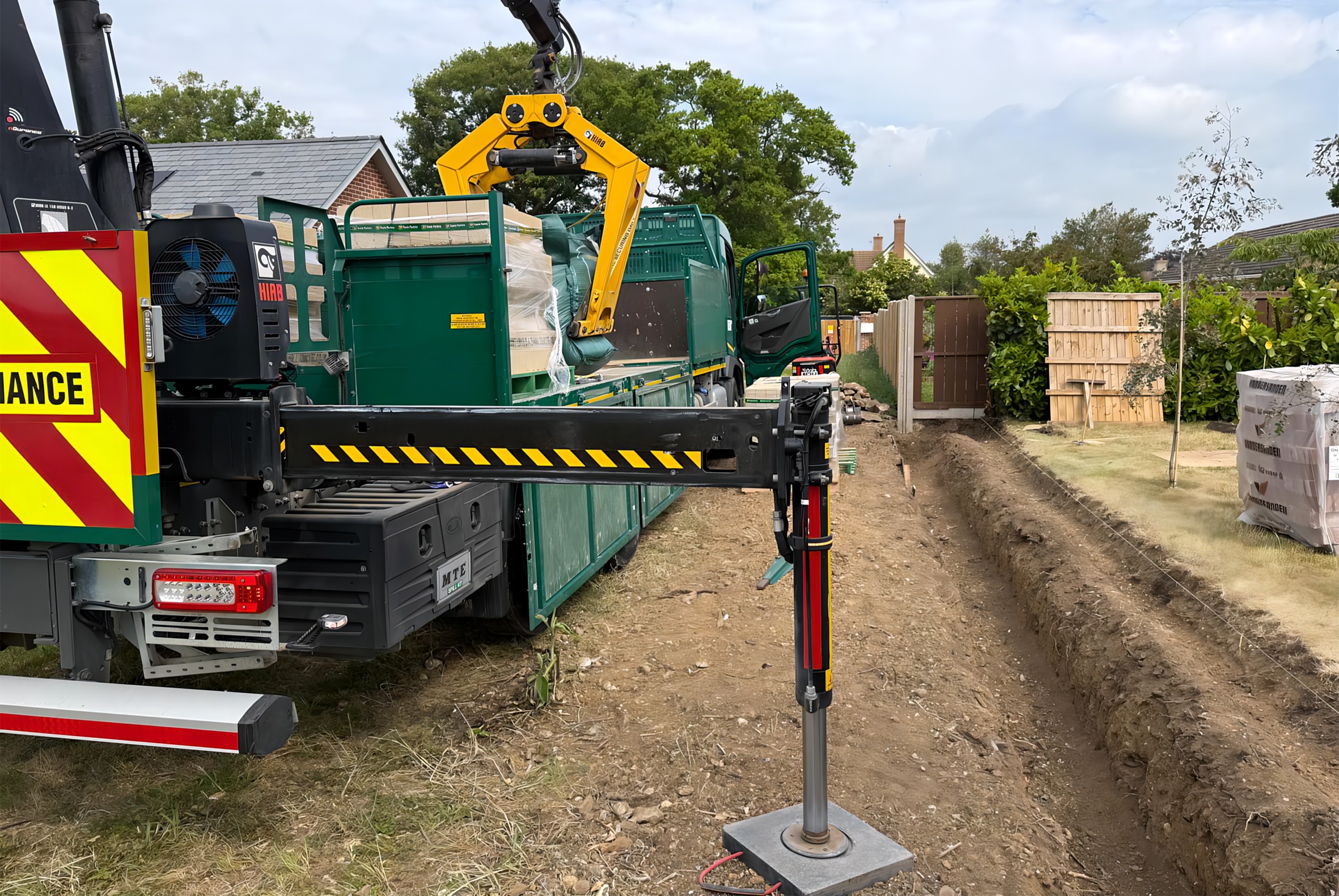
Simon Pritchard, Managing Director of Specialist Driver Resourcing, explains why diversity could hold the key to solving the merchant driver shortage.
The shortage of HGV drivers in the UK has been well known for years, but for builders’ merchants it remains one of the most pressing issues in keeping businesses moving. Without skilled drivers, deliveries stall, customers are disappointed and the wider construction sector feels the strain.
However, this is not a challenge that can be solved simply by waiting for the next generation to appear. It requires urgent action — and recruiting from a more diverse talent pool could make a significant difference.
For too long, the builders’ merchant sector has relied on a shrinking, male demographic. The average age of a merchant driver is well into his fifties, and while these drivers have served the industry loyally, many are now approaching retirement. And with thousands set to leave the workforce over the next decade, the question of who replaces them has never been more pressing.
Women make up fewer than 2% of HGV drivers in the UK, according to Logistics UK, and ethnic minorities also remain significantly under-represented. Unless the sector makes itself more appealing to these groups, the pipeline of new drivers will remain unable to meet demand.
The underlying driver shortage also leaves builders’ merchants facing a double challenge: not only is there a lack of drivers nationally, but our sector competes with retail logistics, supermarkets and parcel companies, all of whom also need qualified HGV drivers.
“If builders’ merchants embrace driver diversity in their own businesses, they can stop competing over the same shrinking group of drivers and instead unlock new talent.”
What makes merchant driving unique is the additional set of skills required. Operating a lorry-mounted crane or a forklift is part of the job, and while that makes the role more technical and rewarding — and often means an uplift in wages — it also adds to the barriers facing new entrants.
Obtaining a Category C licence costs between £3,000 and £4,000, before the cost of any crane or Moffett certification is considered. For many, it is a prohibitive price tag without financial support or structured apprenticeship routes.
Employers then often ask for experience, but experience is impossible to gain without an initial opportunity. It is the classic Catch-22: talented individuals are shut out from the industry before they can begin.
As a result, companies end up competing for a diminishing pool of experienced drivers, rather than nurturing the next generation.
Dispelling the myths
Perception is also one of the most stubborn obstacles to recruitment. Too many people still think of merchant driving as a heavy, physically demanding job that demands brute strength. In reality, our cranes and forklifts do the heavy lifting, while drivers focus on the skilled operation of equipment, safe loading and unloading, and working directly with customers on site.
This is in contrast to retail and similar sectors, where drivers must often roll cages on site, and carry out other manual handling tasks.
The working conditions, too, are often misunderstood. Merchant drivers typically work Monday to Friday, with the occasional Saturday morning, starting shifts early but finishing by mid-afternoon. They have fewer long-distance journeys to complete than in other sectors, which means they can sleep in their own beds at night and see their families at weekends.
Compared with long-haul logistics or supermarket shift work, the work/life balance is far more appealing. The idea that merchant driving is “not for women” or is “too tough” for certain groups is simply outdated.

Why inclusion matters
It is here that diversity and inclusion become more than a moral imperative. By opening the door to women and people from diverse backgrounds, the builders’ merchant sector can access a much larger pool of talent.
That is why SDR has joined the Construction Inclusion Coalition as a strategic partner, taking a seat at the table where industry leaders are working to create real change. The coalition has rightly chosen to focus on gender diversity first, recognising that if the barriers preventing women from entering are tackled, many of the same measures will also make the sector more attractive to other under-represented groups.
Role models are crucial, and visibility matters. If young women never see other women behind the wheel, they are less likely to imagine themselves in that role. By celebrating the success stories that already exist, the sector can make itself far more welcoming.
Of course, changing perceptions must be backed up by real opportunities. That means creating structured pathways to help people get the training and experience they need. Apprenticeships, licence funding and “Yard to Wheels” programmes that support existing staff to progress into driving are all proven methods of widening access.
Structured shadowing schemes, where new drivers spend weeks alongside experienced mentors, are also vital. Yes, they carry a cost, but without that period of learning, new drivers risk being overwhelmed and leaving the sector altogether.
The business case for change
This is not about political correctness or ticking boxes — it is about future-proofing the sector. A diverse driver workforce means more stability, better retention — and stronger relationships with customers. It means building a pipeline of committed, skilled professionals who see merchant driving as a long-term career.
If builders’ merchants embrace driver diversity in their own businesses, they can stop competing over the same shrinking group of drivers and instead unlock new talent. The alternative is rising wage costs, higher churn, and a looming workforce cliff-edge as older drivers retire.
The shortage of merchant drivers is not going away. But it is within our power to make the sector more attractive, more accessible and more inclusive. By tackling outdated stereotypes, investing in training and shadowing, and showcasing the real benefits of the job, we can bring in the women and diverse candidates who have so far been excluded.
At SDR we are determined to play our part, which is why we’ve joined the Construction Inclusion Council. But this change cannot be done by one company alone — it requires a sector-wide commitment.
Without drivers, merchants cannot deliver. And without better diversity, there simply will not be enough drivers to keep Britain building.
Click or tap the link for more information on SDR Specialist Driver Resourcing.
SDR Specialist Driver Resourcing is a dedicated temporary staffing agency exclusively serving the builders’ merchant sector. It supplies experienced, qualified drivers who “understand the unique demands of merchant logistics” – from lorry-mounted crane and forklift operation to site safety and customer service.
Focused on safety, compliance and reliability, SDR says it can deliver fast, flexible support for holiday cover, sickness absences and seasonal demand to “ensure builders’ merchants can keep moving without compromising on standards.”










